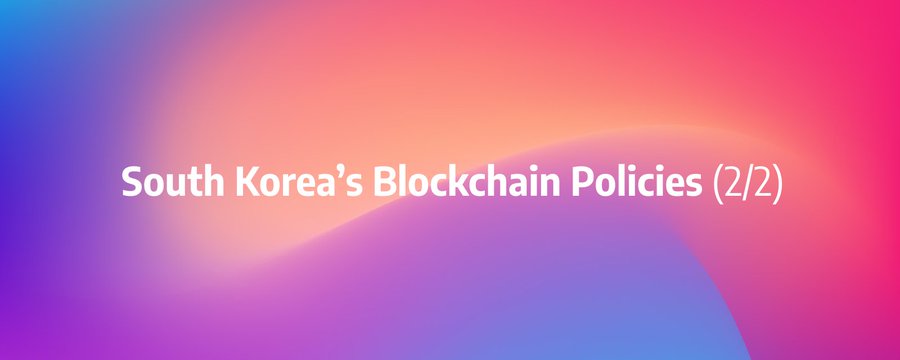As stated in the previous article, South Korea’s approach to blockchain has been shaped by one core principle: controlled trust. Whether in healthcare, logistics, or public services, the government embraced blockchain not as a vehicle for decentralization but as a backend technology to enhance efficiency, traceability, and data security within closed environments.
But with the rise of artificial intelligence (AI), that mindset is beginning to shift. As AI-driven systems demand access to vast, diverse, and verifiable data, the limits of private blockchain networks are becoming clear. With that realization, a new conversation is emerging: How can Korea responsibly open up its digital infrastructure without sacrificing trust?
AI Needs More Than Closed Loops
AI models today are not just passive learners. They are active agents that rely on real-time data to analyze, infer, and act. To function at scale, they need:
- Access to a diverse, up-to-date dataset
- Transparent, verifiable data sources
- Interoperability across platforms and jurisdictions
Private blockchain networks, while secure, are inherently limited in all three areas. Their restricted visibility and siloed data make external verification difficult. This runs counter to the AI era’s need for openness, provenance, and traceability.
Why Korea Should Be Reconsidering Public Infrastructure
With its national “AI + X” strategy aiming to embed AI across every sector — from government services to industrial automation — Korea now faces a challenge: How do you scale trustworthy AI when your data pipelines are closed?
This question is pushing policymakers and infrastructure providers to explore more modular, interoperable, and public-facing solutions, especially for areas like:
- AI training datasets
- Autonomous decision-making systems
- Cross-border digital services
- Data tokenization and provenance tracking
In short, the need for public anchoring is becoming unavoidable.
Enter HPP: A Public Layer for AI-Native Infrastructure
This is where HPP (House Party Protocol) comes in.
HPP is designed as an AI-native Layer 2 built to handle the demands of decentralized intelligence, data orchestration, and verifiable logic. Built on the Arbitrum Orbit stack and backed by the Aergo Mainnet, HPP represents a next-generation infrastructure that aligns perfectly with Korea’s shifting needs.
HPP will enable:
- Verifiable AI agents that can operate on-chain with context-rich oracles
- Public anchoring for government/enterprise data without compromising local control
- Data tokenization frameworks for real-world AI training and model validation
- Compliance-ready automation for governance, identity, and logic enforcement
By offering an open yet accountable architecture, HPP provides the flexibility public AI systems need, with the trust layer that institutions demand.
Bridging Legacy and Innovation
HPP is not a departure from Aergo’s legacy, yet it’s the next step. It builds on years of experience delivering trusted blockchain systems for governments and enterprises, and expands that mission into the public domain, where AI is now driving demand.
In this way, HPP bridges the old and new paradigms:
- From permissioned to programmable
- From data storage to data intelligence
- From backend trust to public accountability
The AI Era Demands a New Blockchain Mindset
As Korea doubles down on AI as a national priority, it’s becoming clear that closed systems can only take you so far. A new layer is needed to build intelligent, autonomous, and trustworthy infrastructure at scale — one that is open, composable, and verifiable by design.
HPP is that layer.
